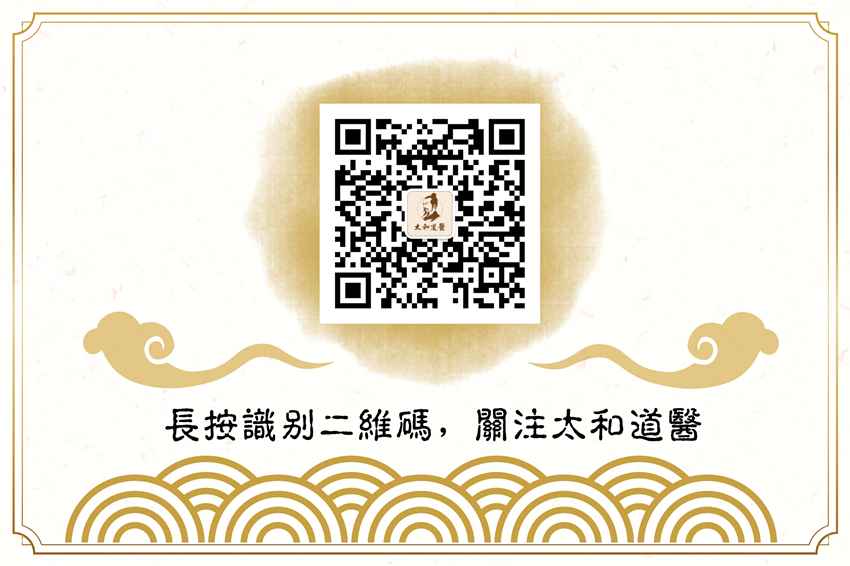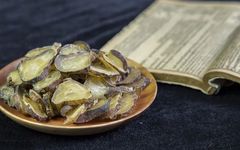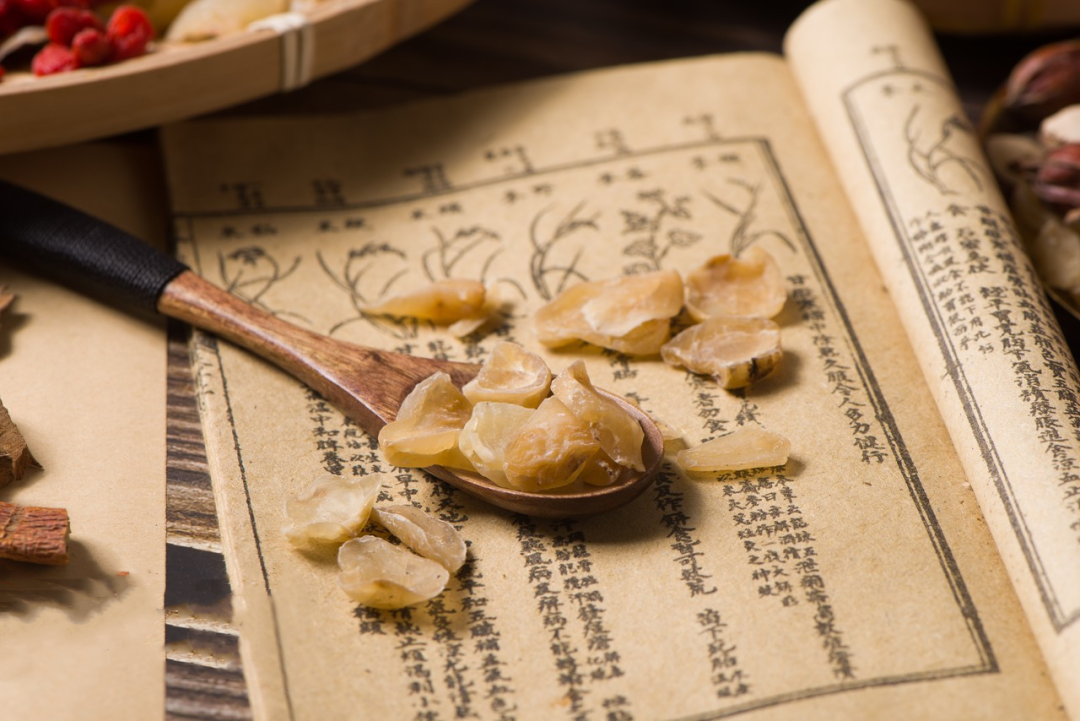


The use of Fu Zi (Aconite) in Traditional Chinese Medicine (TCM) for reviving yang and rescuing from collapse is well-known. There are various processed forms such as Salted Fu Zi, Black Shun Pian, White Fu Pian, Processed Fu Pian, and Light Fu Pian. Do you know how to distinguish them? How should Fu Zi be used in clinical practice? Are you aware?



 Discussion on the Usage and Dosage of Fu Zi
Discussion on the Usage and Dosage of Fu Zi

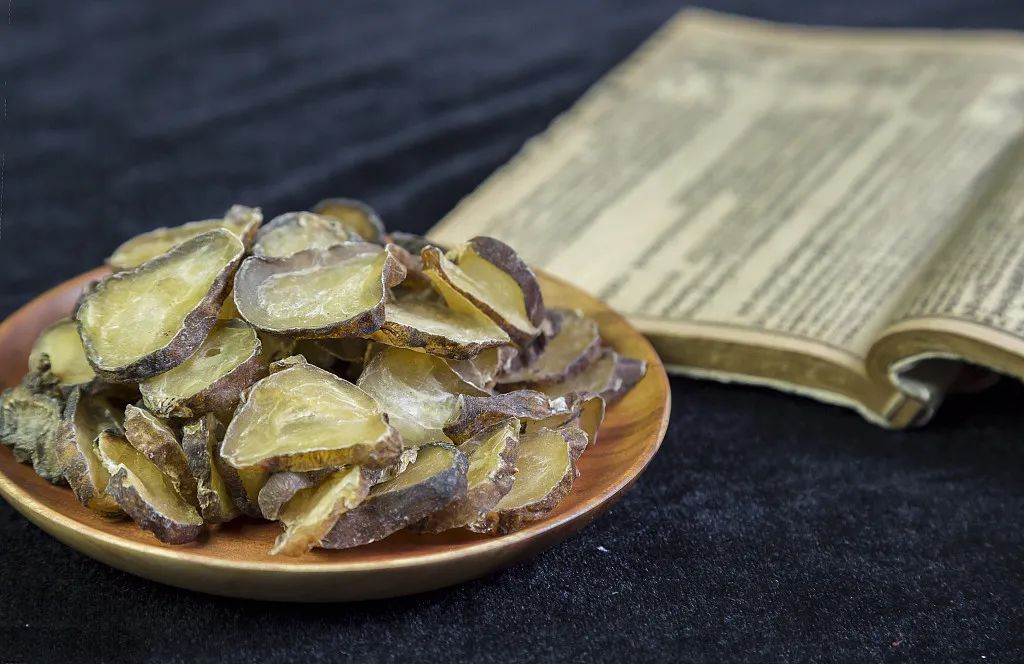
Fu Zi is a processed product of the tuberous roots of the plant Wu Tou (Aconitum). Wu Tou is a perennial herb that grows in mountainous grasslands or shrub areas, distributed in southern Liaoning, Henan, Shaanxi, Gansu, Shandong, and Jiangsu. It is mainly cultivated in Sichuan, harvested from late June to early August, removing the main root, fibrous roots, and soil, commonly referred to as “mud Fu Zi”. The processed forms are as follows.
1. Salted Fu Zi: Select large, uniform mud Fu Zi, wash it, soak it in a solution of edible gall water overnight, then add salt and continue soaking. Each day, take it out to dry, gradually extending the drying time until a large number of crystalline salt particles (salt frost) appear on the surface, and the texture becomes hard, commonly referred to as “Salted Fu Zi”.
2. Black Shun Pian: Take mud Fu Zi, wash it according to size, soak it in a solution of edible gall water for several days, boil it in the soaking liquid until thoroughly cooked, remove, rinse with water, cut into approximately 0.5 cm thick slices, then soak in water, dye the slices with a coloring solution to a dark tea color, steam until an oily surface and gloss appear, then dry until semi-dry or continue drying, commonly referred to as “Black Shun Pian”.
3. White Fu Pian: Select uniform-sized mud Fu Zi, wash it, soak it in a solution of edible gall water for several days, boil it in the soaking liquid until thoroughly cooked, remove, peel, cut into approximately 0.3 cm thick slices, soak in water, steam until cooked through, dry until semi-dry, then sulfur-fume and dry, commonly referred to as “White Fu Pian”.
4. Processed Fu Pian: Take clean river sand, place it in a frying container, heat with strong fire until flexible, add clean Fu Pian, stir-fry continuously until puffed and slightly discolored, remove, sift out the sand, and cool.
5. Light Fu Pian: Take clean salted Fu Zi, soak in clean water, changing the water 2-3 times daily until the salt is removed, then boil with licorice and black beans until thoroughly cooked, cut open and taste for no numbness on the tongue, remove, discard licorice and black beans, cut into thin slices, dry, and sift out debris. For every 100 kg of salted Fu Zi, use 5 kg of licorice and 10 kg of black beans.
1. Usage of Fu Zi
Having understood the various commonly used processed forms of Fu Zi in today’s medical market, let us discuss the issues of usage and dosage.
Generally speaking, Fu Zi is toxic; the longer the cooking time, the safer it may be. However, the toxicity of Chinese herbs can sometimes also be a therapeutic effect. As stated in the “Zhou Li – Tian Guan”, “Physicians manage the medical regulations, gathering toxic medicines for medical affairs”.
In clinical practice, Fu Zi is not necessarily better with longer cooking times. For example, in the Si Ni Tang (Four Reversal Decoction) from the “Shang Han Lun (Treatise on Cold Damage)”, one piece of Fu Zi is used raw, boiled with three sheng of water to yield one sheng and two ge. This indicates that the cooking time for Fu Zi in the “Shang Han Lun” is not very long.
From the cooking method, Zhang Zhongjing did not emphasize prolonged cooking in the Si Ni Tang. In the Gan Cao Gan Jiang Tang (Licorice and Ginger Decoction), three sheng of water is boiled to yield one sheng and five ge, while in the Si Ni Tang, three sheng of water is boiled to yield one sheng and two ge. This comparison shows that the cooking time for Si Ni Tang is not much longer than that of Gan Cao Gan Jiang Tang. This indicates that with accurate differentiation and matching of patterns, a small dose of Fu Zi can be used without prior decoction. Currently, the commonly used forms in hospitals are mostly Black Shun Pian or Light Fu Pian, which are already processed and have very low toxicity. However, if a large amount of Fu Zi is used, it is still recommended to decoct it first to ensure clinical safety.
2. Dosage of Fu Zi
Now let us discuss the dosage of Fu Zi.
I do not advocate the large-scale use of Fu Zi for common diseases unless in emergencies, such as reviving yang and rescuing from collapse; otherwise, one should not blindly use large doses to warm yang, such as 100g or 200g of Fu Zi.
As we learn from the “Huang Di Nei Jing (Yellow Emperor’s Inner Canon)”, “Little fire generates qi, strong fire consumes qi”, meaning that small doses can warm yang and replenish yang qi, while large doses may achieve temporary results but will inevitably deplete the body’s yang qi over time. Once Fu Zi is stopped, the yang qi will be even more deficient. It is like a child’s growth; if parents do everything for them (large doses to warm yang), they will inevitably achieve nothing when they grow up. However, if they are slightly supported when they go astray (small doses to warm yang), they can achieve great things in the future.
Moreover, every medicine has its safe dosage range, with effective doses and toxic doses. Once one understands Chinese culture, it becomes clear that TCM often treats diseases by leveraging circumstances, using four taels to move a thousand pounds. In urgent and critical conditions, one can initially use a heavy dose to revive yang, but once the yang qi is restored, do not be greedy for the temporary effects of large doses of warming yang and continue using them without reduction; instead, follow up with small doses of tonifying formulas to fully reap the benefits.

 Clinical Experience with Fu Zi
Clinical Experience with Fu Zi

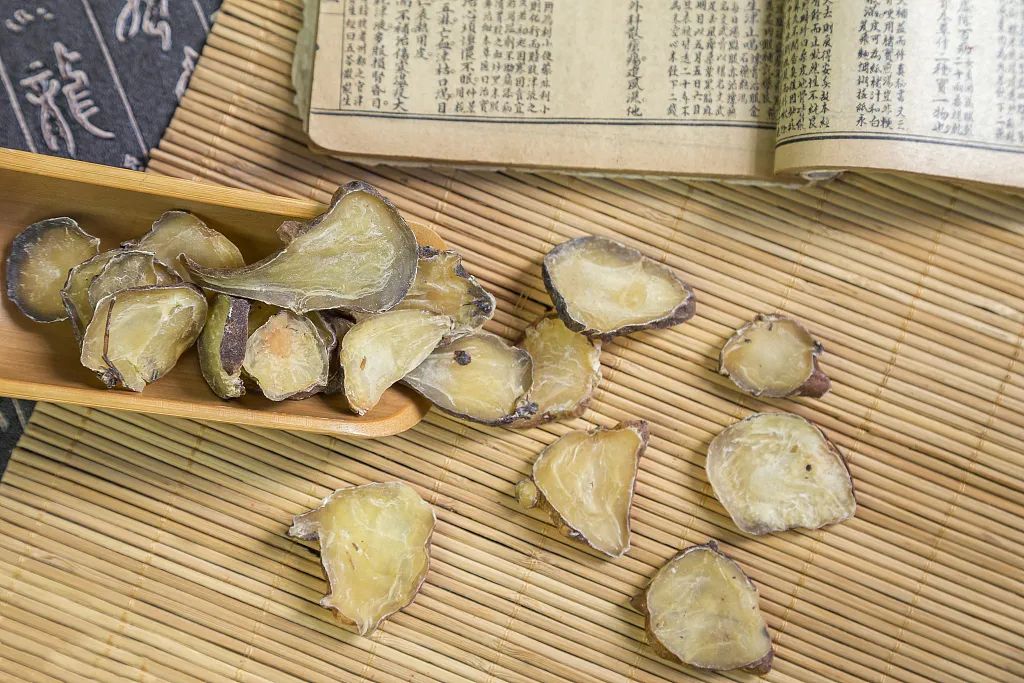
Now I will discuss my usage and dosage of Fu Zi in clinical practice.
1. Dosage: In my unit’s pharmacy, we use Black Shun Pian, and my usual dosage is 5-20g. In rare cases of severe yang deficiency, I may use up to 30g, such as in some acute left heart failure patients, where 20-30g has shown excellent efficacy.
2. Cooking Time: I usually prescribe that patients boil vigorously, then simmer for over an hour, so I rarely require prior decoction for Fu Zi in my prescriptions.
3. Indications for Fu Zi: Cold extremities, joint pain, undigested stools, and bodily functions in decline.
4. Combinations with Fu Zi: For treating exterior yang deficiency, Fu Zi is combined with Ma Huang (Ephedra); for interior yang deficiency, Fu Zi is combined with Gan Jiang (Dried Ginger).

⊙ The content of this article is for clinical thought reference only; non-TCM professionals should not attempt to use these medicines.
⊙ Some images and texts are sourced from the internet; if there is any infringement, please contact us for removal.
⊙ For Daoist medical consultations, please add WeChat ID: daojiaoh
⊙ For submissions and collaborations: [email protected] (original submissions are welcome)
Selected Articles
❶ This ancient formula can treat all eye diseases! Myopia can also be treated!
❷ Two Chinese herbs can replenish qi and blood without causing heat, affordable for everyone!
❸ The true “great practitioners” are the darlings of the universe!
❹ Chronic prostatitis, an effective formula discovered, symptoms completely disappear in a month!
❺ Washing three types of baths can ruin sleep and invite dampness, the more you wash, the shorter your life!
❻ This part of the human body is the “longevity mechanism”; massaging it daily calms the mind, nourishes the spleen and stomach, and promotes the health of the internal organs!
❼ This method of stealing “pre-natal qi” can open your meridians and orifices and gather a large qi mass!
❽ Large doses of Fu Zi to warm yang may achieve temporary results, but will inevitably deplete yang qi over time!
❾ The kidneys have “four fears”; to nourish the kidneys, remember the “three don’ts” in the morning and “two do’s” before sleep!
